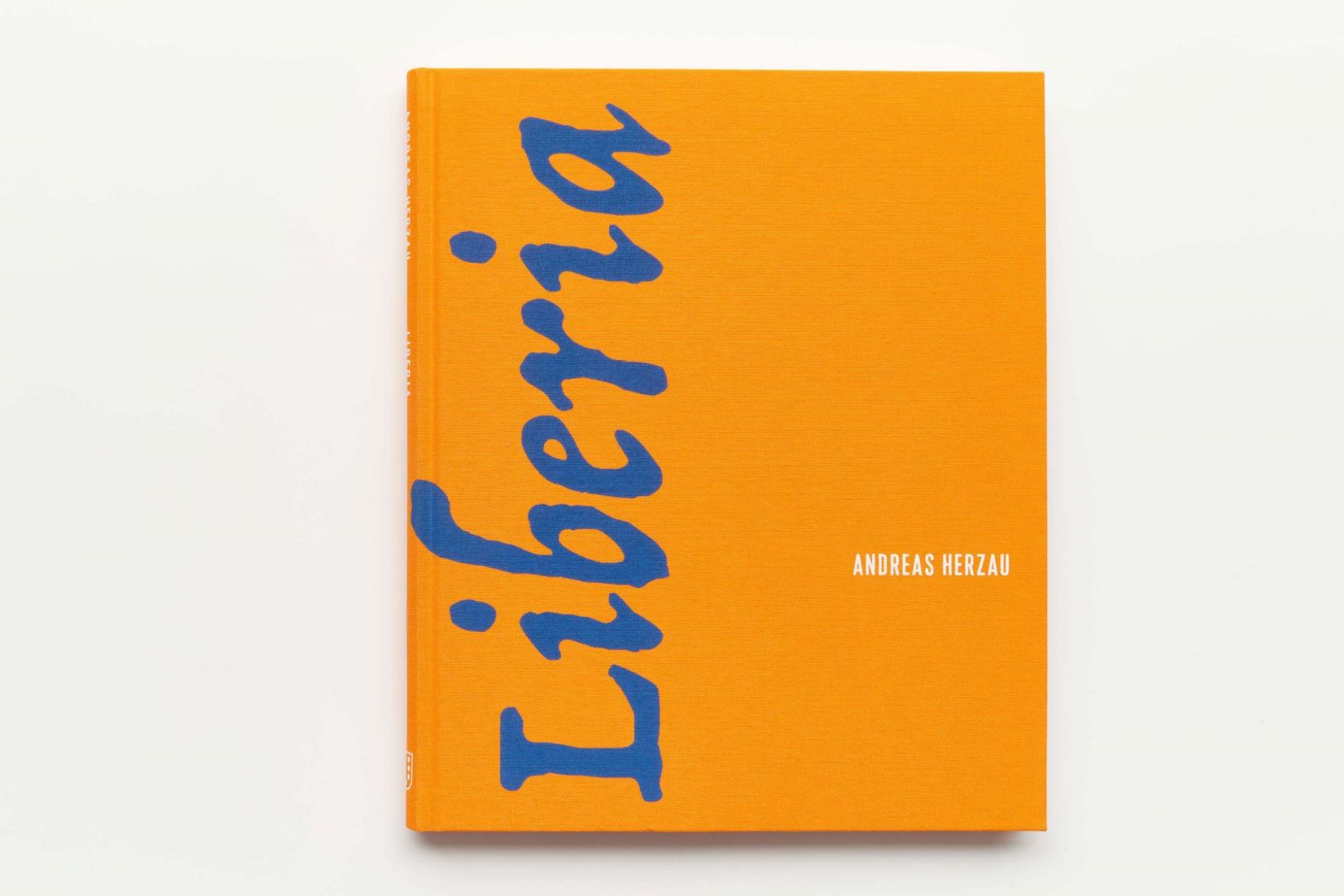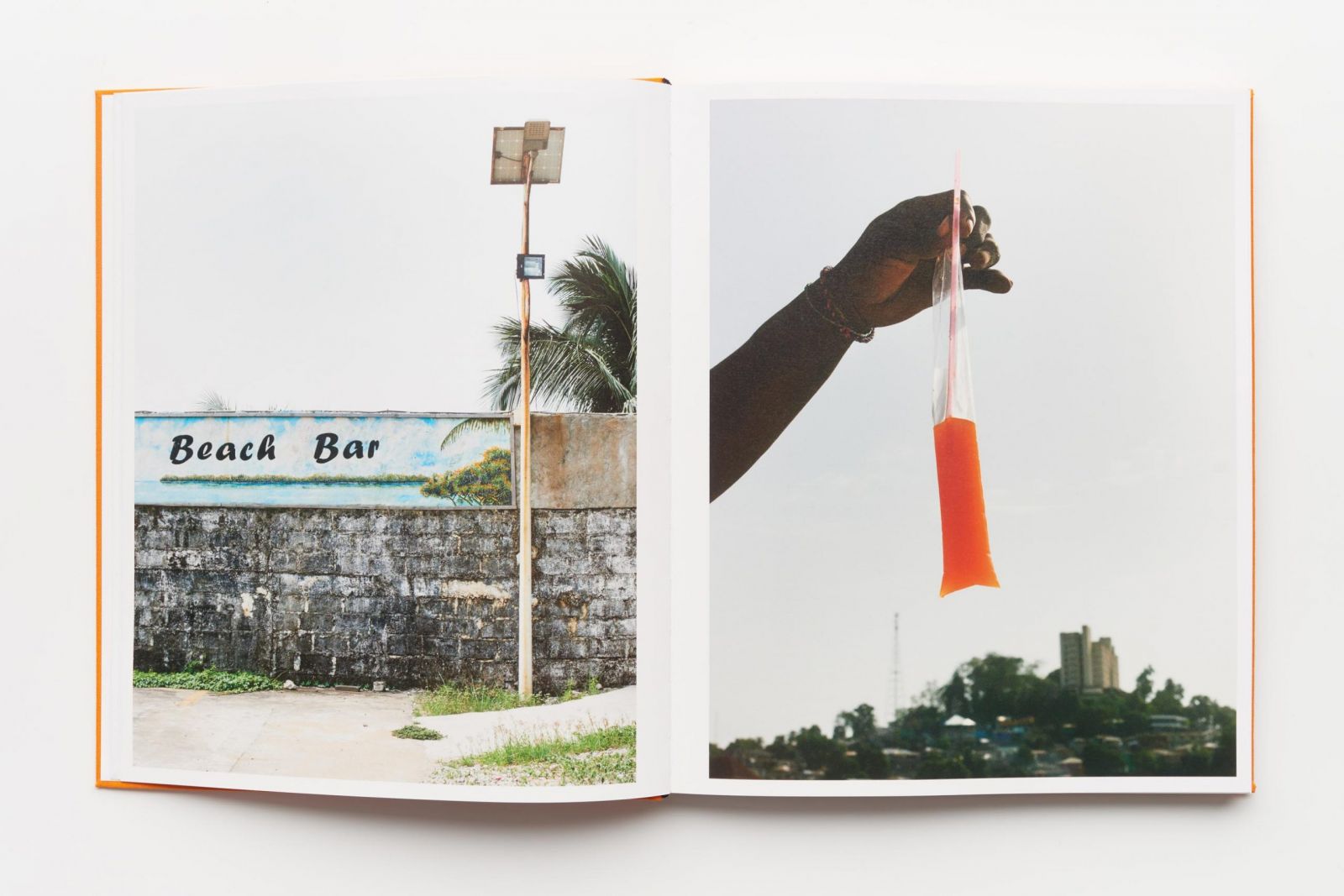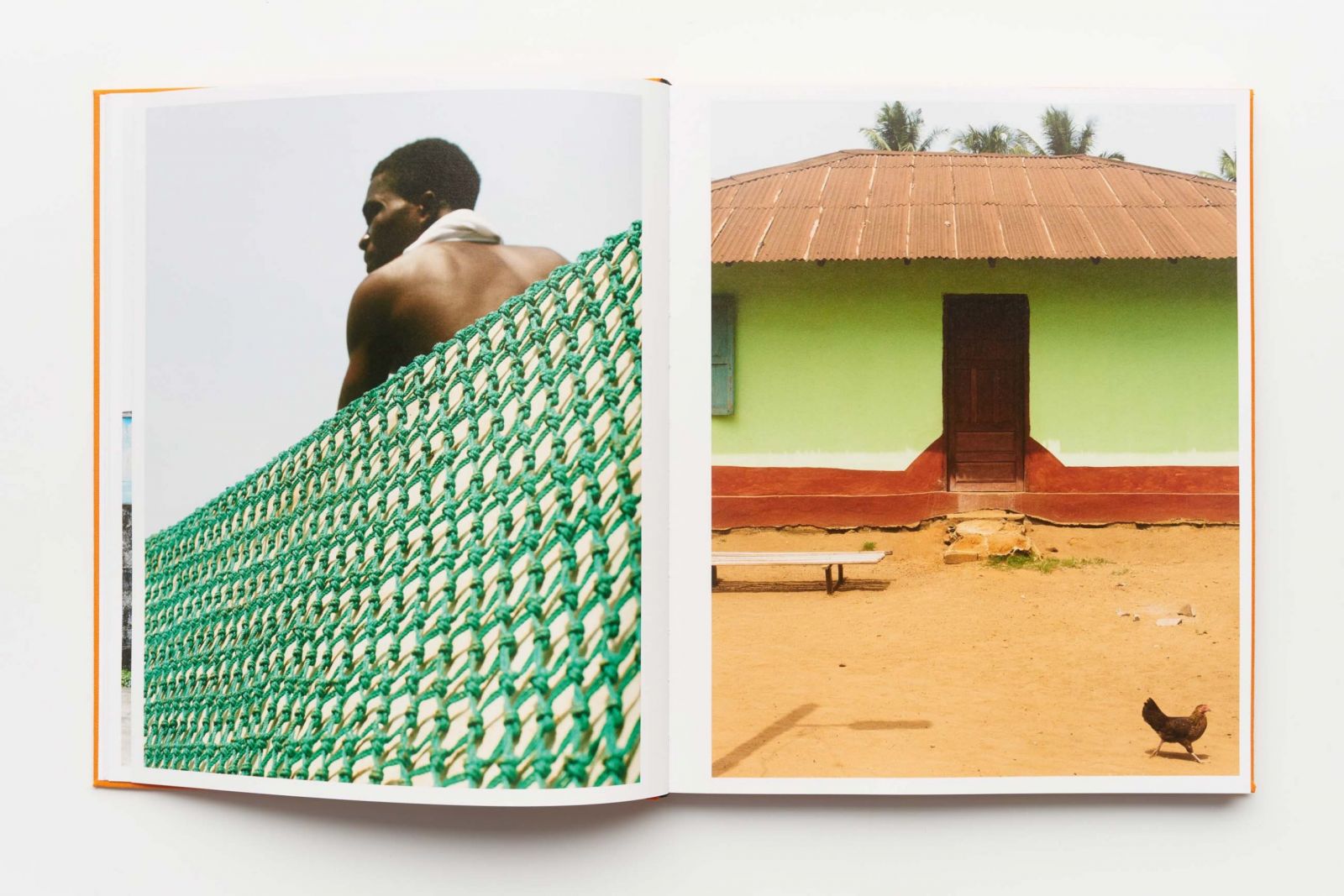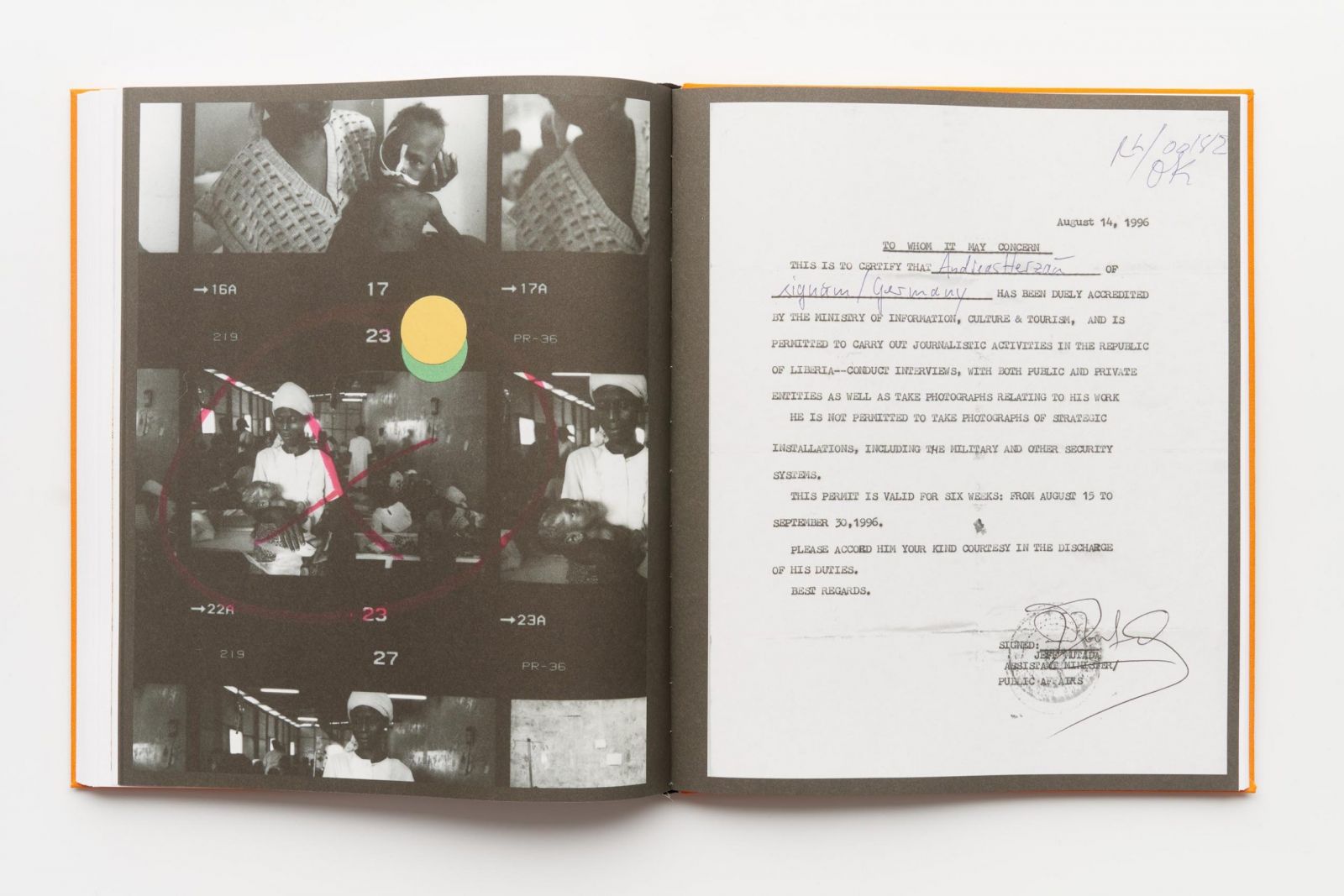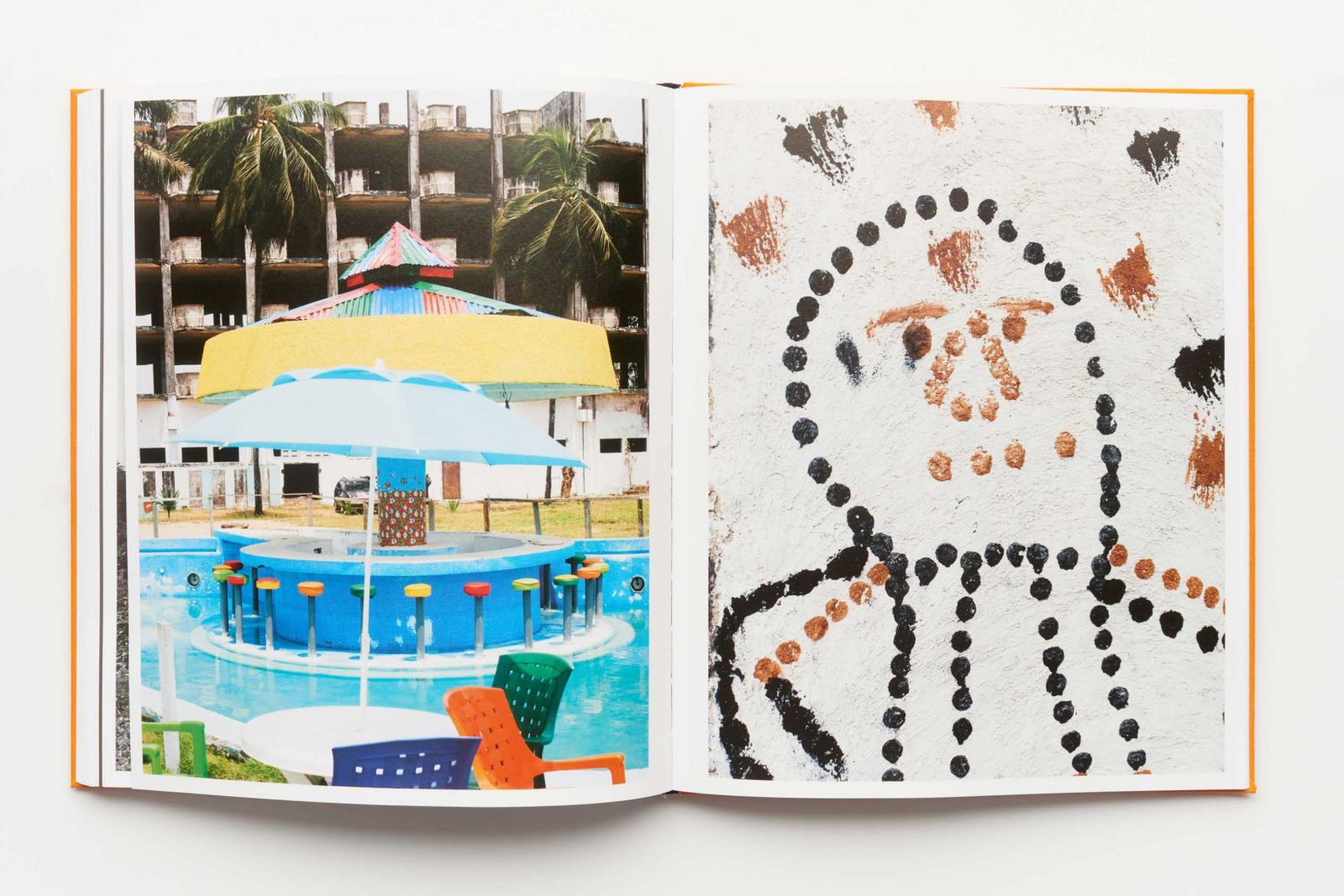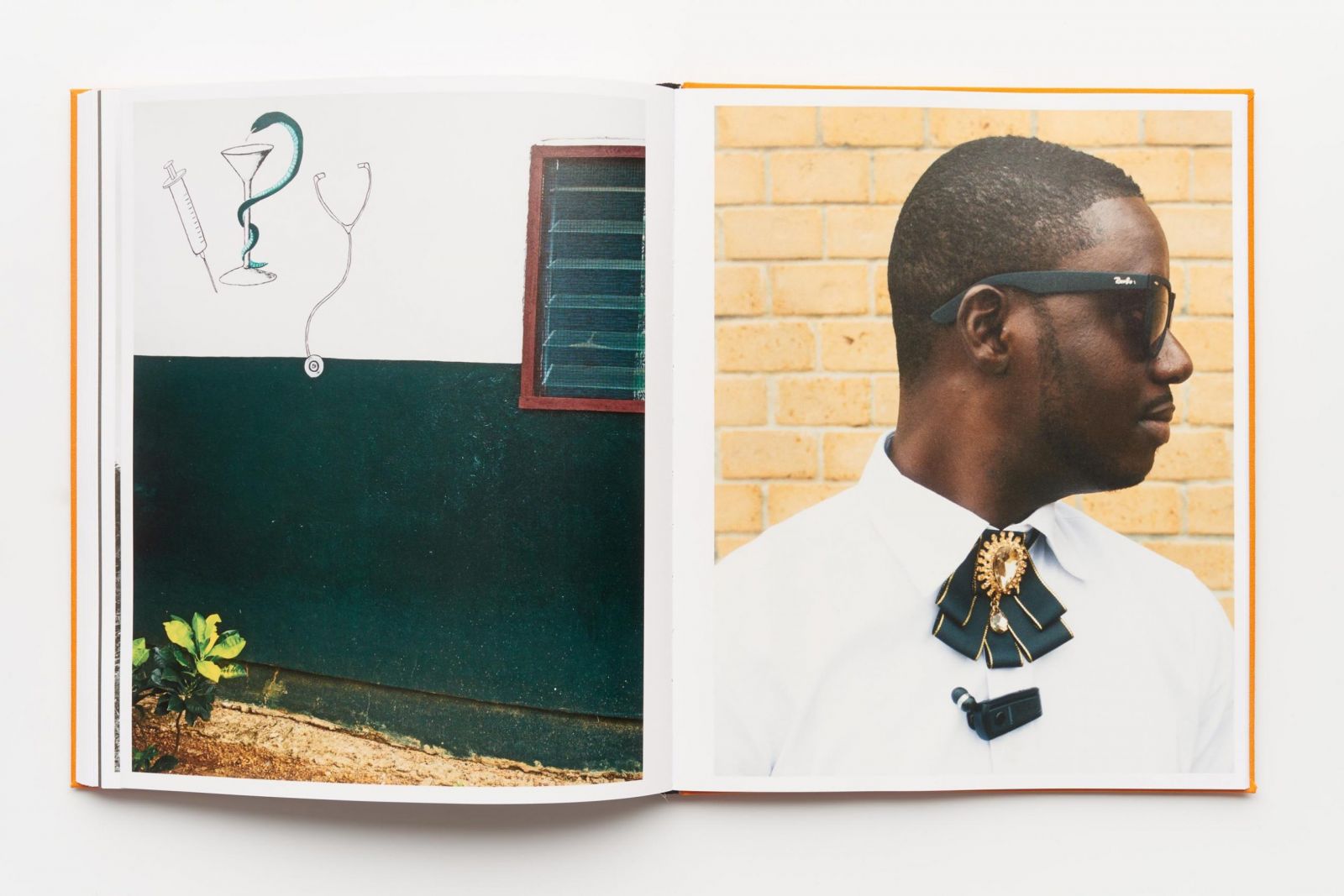Liberia
Order the book for 32 € directly at the publisher, please click here …
From the epilogue of the book:
It’s not often that I return several times to a place that I have already photographed – but it does happen. Liberia, a country on the west coast of Africa, is one of those places. I first traveled there in 1996 during the Civil War (1989-2003) to document the causes of the refugee crisis. The resulting pictures were published and exhibited as part of a larger project entitled “Exodus – 50 million people on the run”. In the text accompanying the 1997 catalogue, British cultural historian Mark Sealy wrote: “In a world saturated with images of human suffering, it is difficult to convey anything essential that could influence how we – from our position of comparative comfort – see people who have fallen victim to tragic circumstances.” He continues: “Self-doubt regarding the meaning and impact of your photographs is one of the recurring nightmares of every photographer who wants to depict conflict situations.”
When I visited Liberia for the second time in 2005 in the run-up to the country’s first democratic elections after the war, I found myself in the grips of such self-doubt. It dawned on me that as a white, Northern European photographer who had spent almost ten years of his active career in the warzones of this world, I had a tendency to seek out the problems: casualties of war, mass graves, the damage caused by the fighting, and of course poverty. Under the guise of the well-intentioned humanitarian aim to inform and explain, we photographers travel through countries like Liberia reporting mostly on matters which are already well-known. Our pictures – and that includes mine – amount to a relentless confirmation that everything is bad, if not utterly hopeless. It’s certainly true that in the mid-1990s, the civil war in Liberia – after the genocide in Rwanda – was widely considered to embody the very worst of what human beings inflict on one another. It was the vestibule of hell. But is it really necessary to insistently repeat things we already know, or at least think we know? I believe that we continue to accept the cementing effect of photographic reporting on victims because it is so simple. Simple to do, and simple to understand.
At the beginning of 2020, I traveled through Liberia once again, experimenting with looking at this country in a different way. I wanted to see if I could explore it with an open mind and find an optical language for this new experience. The pictures in this book were taken in 2020 as part of this experiment, an essay in the literal sense of the word: An attempt to counteract the cementing effect of the one-sided documentation of victims.
Liberia, 2021
German / English
Essay by Binyavanga Wainaina
Format: 25,5 x 21 cm
90 images, 128 pages
linen cover
ISBN 978-3-03850-053-7
€ 32,00
Order the book for 32 € directly at the publisher, please click here …
